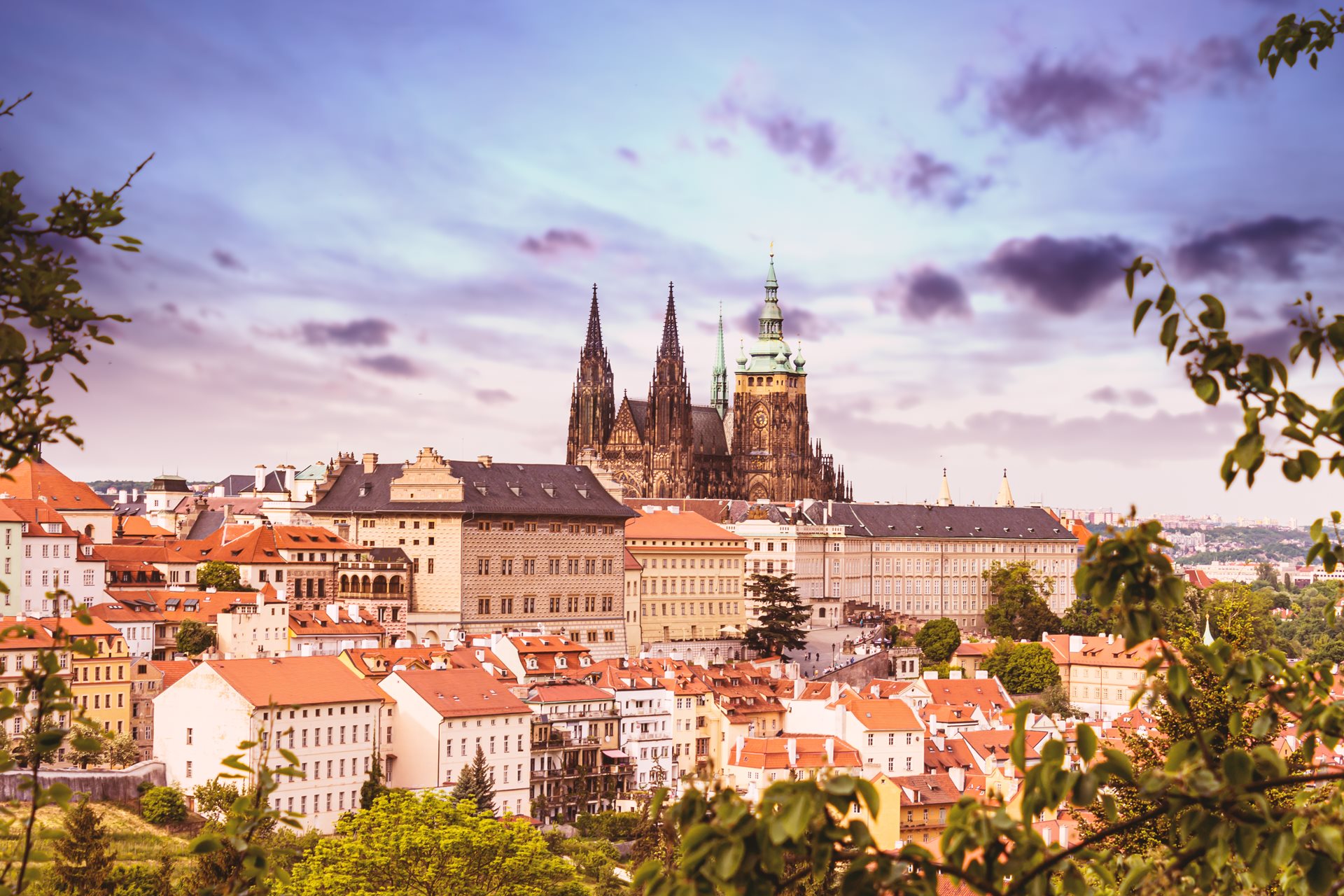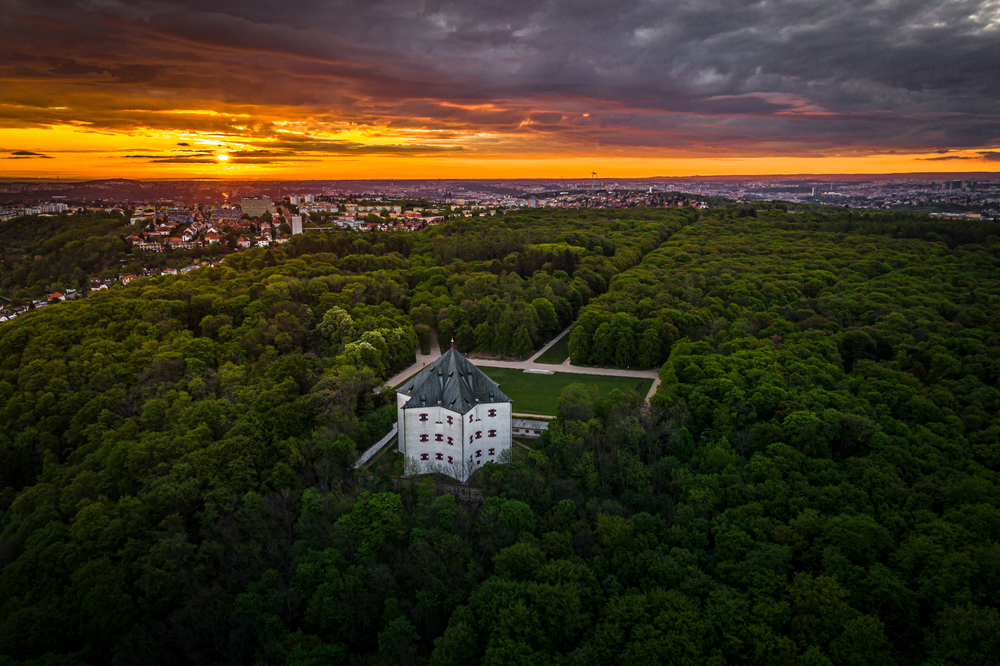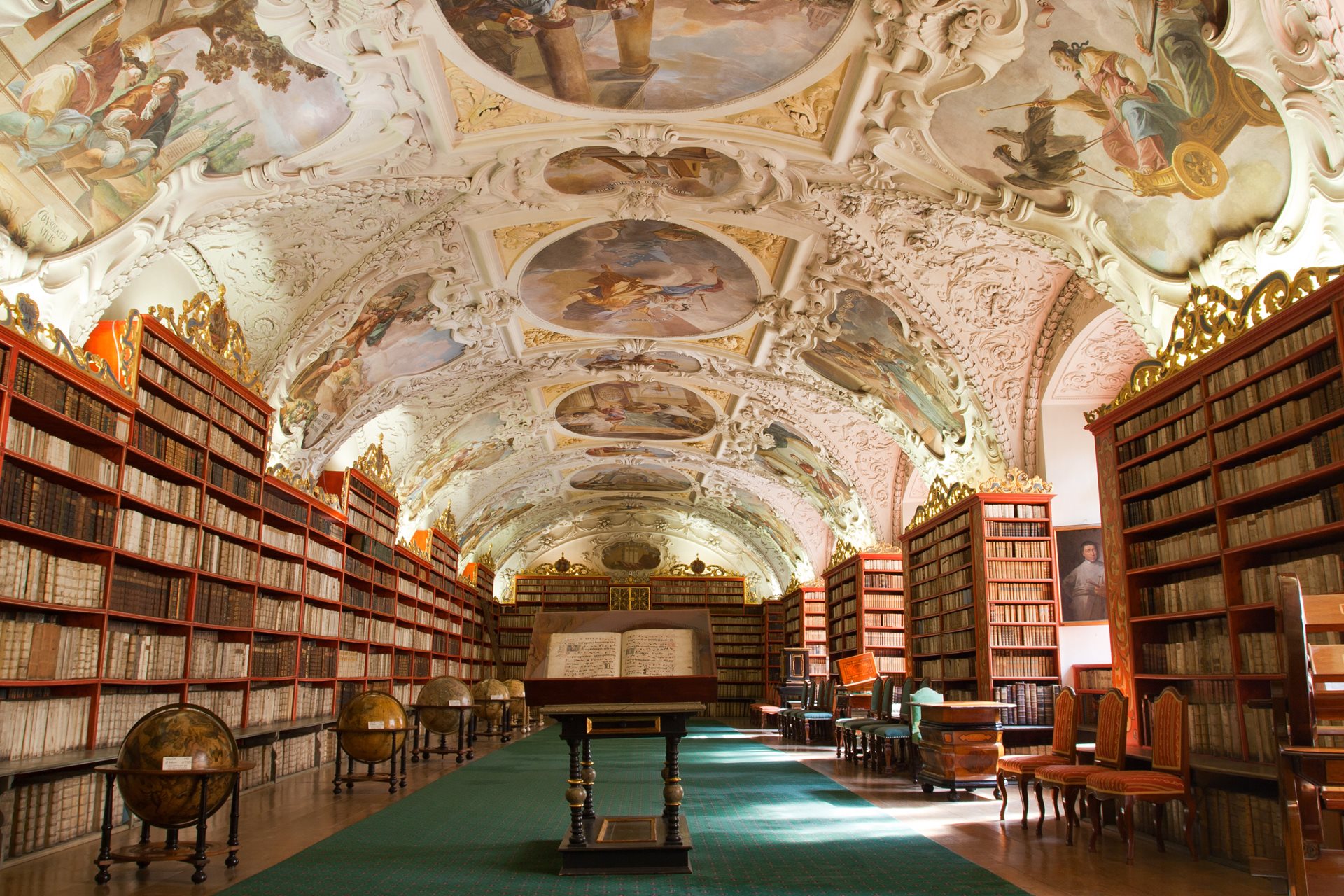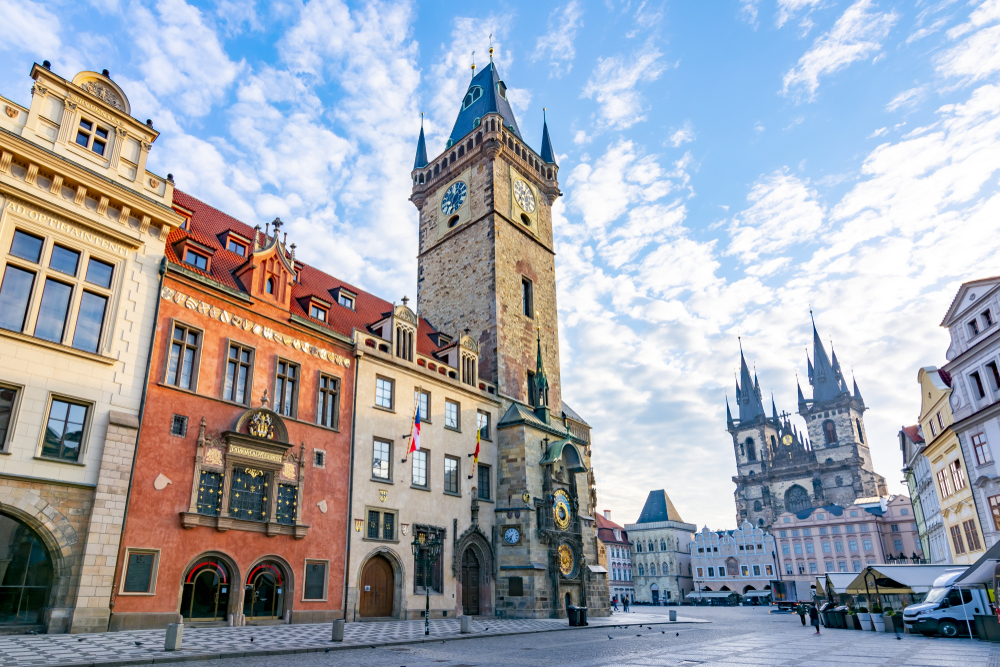8 November this year will mark exactly 400 years that have passed since an important battle in Czech history. Almost every Czech schoolchild today learns about how Protestant troops of Bohemian nobility were defeated and the Catholic army of the German-Roman emperor was victorious in the roughly 2 hour battle. It was the first battle of the Thirty Years’ War, which changed the entire fate of Europe as well as the history of the Kingdom of Bohemia. You will find a memorial in the place of the battle, but that’s it. This year, a costume reconstruction of the battle took place two months earlier owing to the weather, on the weekend of 19–20 September 2020. However, we would like to show you around places in Prague that, figurately speaking, remember the battle and have a lot of stories to tell.
Prague Castle as a place of defenestration
The grounds of Prague Castle have been the seat of rulers of Czech lands for the last approximately 1,000 years. That’s why the grounds not only remember the Battle of White Mountain in 1620, but they were even in the centre of events. The entire political situation began getting complicated two years earlier, in 1618, when Bohemian aristocracy revolted against the then king of Bohemia, who was the Roman-German emperor from the Habsburg family, and, in protest against the absent king, they threw two royal governors and their scribes out of the windows of Prague Castle. The act is called the Defenestration of Prague. We even know out of which window they were thrown, and where exactly they landed, as a memorial was put up at the place of landing centuries ago. You will find it in the South Gardens of Prague Castle. But what other things can you see at Prague Castle? The castle is open to visitors year-round and you have several options. You can, for example, visit the Old Royal Palace, the permanent exhibition with the apt title The Story of Prague Castle, St George’s Basilica with tombs of the first Czech princes, the Institute of Noblewomen, the picturesque Golden Lane with Daliborka (Dalibor Tower), the gallery called The Picture Galley at Prague Castle, Mihulka Powder Tower, collections of the Lobkowicz family in the Lobkowicz Palace or the nearby St Wenceslas Vineyard. And you shouldn’t leave out a tour of the Cathedral of St Vitus, a Gothic gem of Prague. It may have been completed 90 years ago, but this doesn’t take anything away from its ancient beauty.
Obora Hvězda and the scene of the major battle
Obora Hvězda (Star Game Reserve) roughly 6 km to the west of Prague Castle is not only a forest and natural monument, but also a cultural monument. That’s why it is a popular place for walks among many Prague residents. Intended for deer breeding, the game reserve proper was founded in 1534 by Emperor Ferdinand I. In 1555, a summer palace went up in the game reserve based on the design by his son. The summer palace was built on a six-pointed star ground plan. Inside it has been decorated by very fine and unique late-Renaissance stuccowork to this day. Since its establishment, the game reserve has served as royal hunting grounds, but it has also been used as a venue for ceremonial banquets and parties on occasions such as coronations and diplomatic visits. The whole game reserve also remembers the Battle of White Mountain, because a district bearing this name (Bílá Hora) is situated very close to it. In fact, the district begins just behind the game reserve gates. In addition, during the battle, the whole game reserve witnessed the defeat of the Czech protestant army and the killing of a large part of the soldiers during their flight from the battlefield. In the course of the Thirty Years’ War that followed, most of the trees in the game reserve were felled. However, the forest stand was restored in the late 18th century and, in particular, oaks, beeches and hornbeams are planted. Even today you can encounter the oldest oaks and beeches in the game reserve.
Strahov Monastery with a famous library
Another place that remembers the battle is Strahov Monastery. You will find it west of Prague Castle, almost as a part of Petřín Hill. It was founded in 1140, thus being one of the oldest functioning monasteries in the Czech Republic. The monastery grounds include the Basilica of the Assumption of Our Lady, the Church of St Rochus, monastery buildings and farm buildings. There are two magnets for visitors there. The first of them is the Strahov Picture Gallery. Today it houses works of fine art from the 14th to 19th centuries. This collection of pictures is referred to as the most valuable monastery collection in Central Europe. Another magnet is the Strahov Library with its Theological and Philosophical Hall. The Strahov Library is said to be one of the most beautiful libraries in the world. Find out for yourselves during a tour! And how is the monastery associated with the Battle of White Mountain? It was there in its gates that Bohemian King Frederick V, who had only been elected by Bohemian aristocracy a few months earlier, learnt that his troops had been defeated. So he turned around and, in a hurry, packed his family and a few of the most valuable items such as the royal crown, jewels and archives and left Prague Castle.
Old Town Hall and square
Another witness of the 400 year-old battle is the Old Town Hall and Old Town Square. The history of the townhall’s building dates back to the 14th century, and the history of Prague as a city was made there. During a tour you will walk through historical halls featuring valuable paintings, a Gothic chapel, or you have the opportunity to climb up a 70-metre high gothic tower with a vantage point. Its gallery offers perhaps the loveliest view of the city’s historic centre. The astronomical clock is also a dominant feature of the townhall that one can’t fail to notice. It is an ingenious device that has not only been indicating the time and date, but also the position of the Sun, phases of the Moon, astronomical cycles and holidays of the Christian calendar for centuries. And what is the connection of the townhall and the square with the Battle of White Mountain? It was to Old Town that the Bohemian king fled after the lost battle and sought asylum with Old Town burghers. Although he didn’t stay there long. In the morning that followed, he left the Old Town of Prague and never came back. A replica of a Marian column has been standing in Old Town Square since June 2020. It was originally erected there by Prague citizens in 1648 to express their thanks to the Virgin Mary for defending the city against the Swedish army during the Thirty Years’ War.






-(1).jpg?width=1920&height=1204&ext=.jpg)



